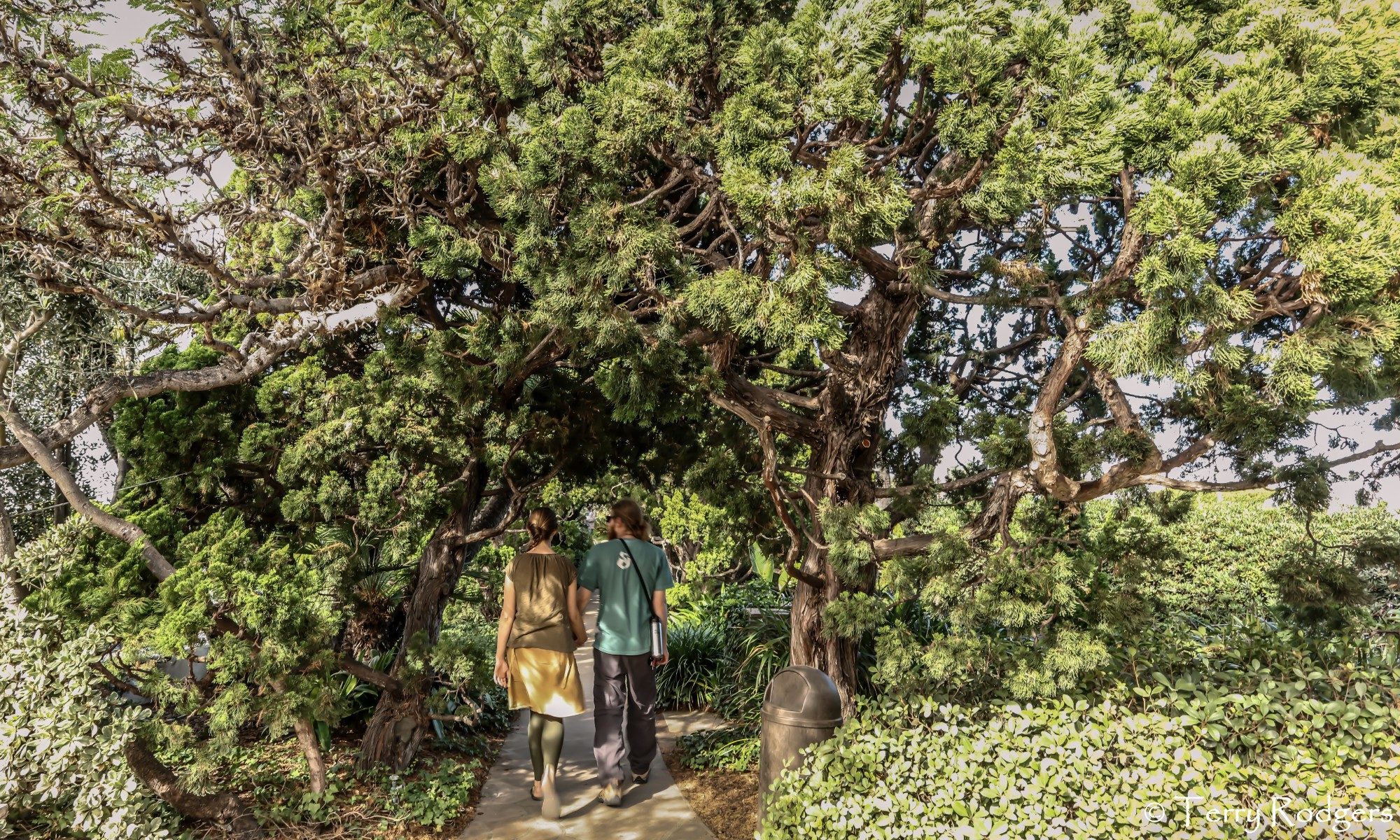While many trees native to the huge state of California can grow in San Diego, our own County boasts dozens of different trees and large shrubs that support local wildlife and thrive in urban environments. Placing the right tree in the right place is driven by a number of factors. Consideration of these many factors promotes healthy trees for decades. For the City of San Diego, our coastal climate can be split between the fog zone along the beaches and the hot inland mesas and valleys further inland. Most of the tree varieties native to San Diego grow along streams and rivers, and up in the mountains where rainfall increases significantly. While this may limit the selection for what grows really well in the City of San Diego, there are still methods to help some adapt to their new home. Additional considerations help to narrow down the choices matching up tree characteristics with site conditions, care expected, and aesthetic & sociological concerns. One big consideration is the eventual height at maturity and how long that will take.
Consider that while many California native trees do grow in San Diego in imperfect conditions, the final tree will be adapted to it’s new environment in ways that can’t always be predicted. Redwoods and Sequioas do grow in the Coastal San Diego climate, but seldom reach heights over 12 m (40 ft) and unfortunately die quickly when pruned improperly and during droughts. Expanding on that example, it’s always a terrible idea to place a shade loving or shelter loving tree in an exposure sure to get too hot or limits access to underground water supply. Some trees like the Desert willow produce beautiful flowers and require very little water compared to other bignonia counterparts like Catalpa. However, even in the right conditions, the desert willow make take many years to turn into an tree over 3 m (10 ft). While there may be trees available in boxes or large pots, trees grown in situ or from a very young age tend to be healthier and more site adapted over time. Some native trees are not recommended in urban settings due to their specialized habitat needs such as riparian streambeds, or a propensity to propagate rapidly or have aggressive roots, or shed a great deal of litter / pollen. Use of such trees should be considered with caution near homes and utilities. Whatever the criteria, selection of native trees is worth the time to put in research on a variety of species, and in particular, knowing what type of habitat your site resembles the most.
Large shrubs can make wonderful small or medium trees, and require a select pruning just prior to the cold months and after the first rains have set in. Multi- trunked trees can be eventually pruned back to a single strong trunk, once the roots have established. The major factors in tree health when pruning are disease prevention and avoiding periods when pruning could kill a tree. Drought adapted species like oaks and pines can succumb to bark beetles, borers, water molds, and other pests. The best remedy currently is to keep growing new trees to outnumber those that don’t make it and watch for signs of infection / infestation. Also, while thinning is usually not intentional, but may be part of a solid plan to select the healthiest tree among a grouping from the beginning. To thin, a location with have 3+ trees or seeds planted, then the weaker specimens culled over time.
Even one native tree added as part of a diverse palette of non-invasive trees can increase the habitat value a site can offer, more so with additional species and proximity to open spaces. Getting advice on tree selection and placement is available working with dedicated members of the California Native Plant Society and landscape architects that specialize in use of native flora in urban and rural landscaping. Workshops and tutorials are valuable for understanding tree biology, but are no substitute for a trained arborist when it comes to individual tree care.
Further information on native plants at California Native Plant Society, San Diego Chapter .

